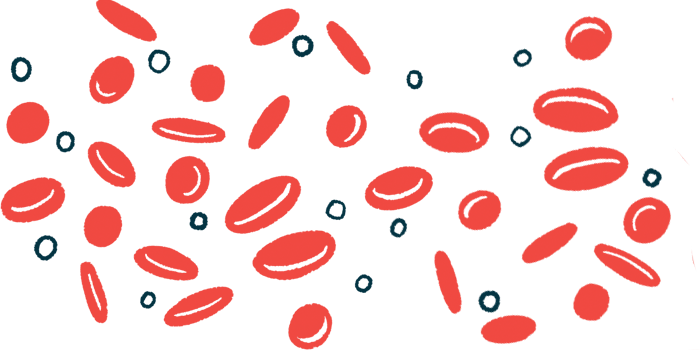‘ESCAPE’ Strategy Could Help Patients to Prepare for Gene Editing

A novel strategy called Engineered Stem Cell Antibody Paired Evasion (ESCAPE) could be used to more safely prepare people with sickle cell disease (SCD) for experimental gene-editing approaches for treating the inherited blood disorder, according to researchers.
ESCAPE may help patients ready for a bone marrow transplant, a key part of such approaches.
The new transplant conditioning regimen is being developed by Beam Therapeutics. Nicole Gaudelli, PhD, director and head of gene editing at Beam, described the strategy in a presentation at the Federation of American Societies for Experimental Biology (FASEB) Genome Engineering Conference, held June 26–30, in Lisbon, Portugal.
The presentation was titled “Non-genotoxic antibody-based conditioning paired with multi-plex base edited HSCs for the potential treatment of sickle cell disease.”
Beam is seeking to “develop a curative treatment for patients with SCD that avoids the safety and fertility concerns associated with current conditioning regimens,” Giuseppe Ciaramella, PhD, the company’s president and chief scientific officer, said in a press release. “These findings are a major step forward in our efforts to enable potentially highly efficacious conditioning options for patients with SCD.”
SCD is caused by mutations that impact the function of hemoglobin — the protein that red blood cells use to carry oxygen through the bloodstream.
Two gene-editing approaches for sickle cell are now in development by the Massachusetts-based company. BEAM-101 aims to promote the production of an alternative version of hemoglobin usually produced only during fetal development, while BEAM-102 seeks to directly “correct” the disease-causing mutation.
The company received clearance in November 2021 to begin clinical testing of BEAM-101, and plans to initiate clinical trials of the experimental therapy later this year. BEAM also plans to submit an application requesting authorization to start testing BEAM-102 in human studies in the following months.
Blood cells are generated in the bone marrow by progenitor cells called hematopoietic stem cells, or HSCs. Beam’s gene therapy approaches involve harvesting HSCs from a person’s bone marrow, genetically engineering them in a laboratory, and finally transplanting them back into the patient’s bone marrow.
Part of this process requires what is called a conditioning regimen — essentially, medications that will wipe out the HSCs currently living in the bone marrow, so that the newly engineered cells can take over. Theoretically, the engineered HSCs can then repopulate the blood with cells that can make a functional version of hemoglobin.
Historically, conditioning regimens generally have used highly toxic treatments like potent chemotherapy agents, but these approaches come with substantial safety risks. A more recent technique involves using antibodies that target an HSC protein called CD117, which plays a key role in these cells’ survival and maturation.
Anti-CD117 antibodies can effectively kill HSCs, but this can be a double-edged sword, since these antibodies are unable to distinguish engineered HSCs from those that must be eliminated for the therapy to be effective. Consequently, anti-CD117 antibodies are generally only given long before the transplant, or used for very short periods of time.
The ESCAPE strategy developed by Beam aims to allow the engineered HSCs to escape destruction by anti-CD117 antibodies, while ensuring the other HSCs are still destroyed. Basically, the strategy involves genetically engineering HSCs to produce a slightly different version of the CD117 protein to which antibodies cannot bind.
In a series of cell experiments, scientists demonstrated that engineering HSCs in this way could substantially reduce the cells’ susceptibility to being destroyed by anti-CD117 antibodies. Notably, the alteration did not affect the function of the CD117 protein, which is necessary for HSCs to grow normally.
Scientists also showed that it was possible to simultaneously engineer HSCs to have the altered CD117, and also to edit hemoglobin genes using the BEAM-101 or BEAM-102 platforms.
“As we execute on our long-term strategy to develop base editing treatments for SCD, we are excited to share new findings around our pre-clinical research to identify improved conditioning regimens for patients ahead of autologous [from-the-self] transplant,” Ciaramella said.
The new findings “showcase the first data from our efforts to advance an improved non-genotoxic conditioning approach, coupling a monoclonal antibody with multiplex base edited HSCs that both ‘ESCAPE’ antibody binding and contain disease-corrective edits to potentially ameliorate the clinical manifestations of SCD,” said Ciaramella. “We look forward to rapidly advancing this work as part of our long-term strategy to bring safer and more effective options forward for patients with SCD.”







